🧑🏫 Week 1: Who are you making this game for?
The first Make Your Own One-Page RPG class, sharing Exclusion Zone Botanist art, playing You are a Muffin in Philly, and fighting the French & Indian War with Bayonets & Tomahawks
TL;DR Summary
🧑🏫 Who are you making this game for?
🌿 Sharing your Exclusion Zone Botanist art
☕ Philly Muffin Meetup
🎲 Recently Played: Bayonets & Tomahawks
🧑🏫 Who are you making this game for?
This article is part of a four-part series on running a Make Your Own One-Page RPG class at my local public library. Don’t miss all four parts:
Week 2: How and why we play games
Week 3: Design, layout, and publishing
The different kinds of fun
As I mentioned last time, I’m teaching a free class at a local public library based on Make Your Own One-Page RPG. We had our first class last week, and I had a wonderful time! It’s a much smaller class than the previous Introduction to Tabletop Gaming, but it’s already allowing for more discussion and a chance to get to know people more.
For our first night we focused on “Who is this game for?” — a question I heard a few times at Unpub’s Feedback Frenzy:
Designers were sometimes asked, “Who is this game for?” The idea is that a game should be designed with a player in mind. This decision can impact how broad or narrow the market appeal of a game will be. It’s OK to make a game with more narrow appeal, and you don’t need to make the game for everyone. You should, however, be able to communicate who the ideal player would be.
To help those in the class answer this question, I offered two models to use:
Bartle’s Taxonomy: The Bartle Taxonomy of Player Types is an interest graph with four quadrants. One axis is Acting vs. Interacting, with acting being the design to act upon something. The other is Players vs. World. The resulting combinations are given names: Killers (Acting + Players), Achievers (Acting + World), Socializers (Interacting + Players), and Explorers (Interacting + World). While these types are based on people playing MUDs in the 1990s, it’s easy to see how they might apply to tabletop games.
LeBlanc’s 8 Kinds of Fun: In their paper MDA: A Formal Approach to Game Design and Game Research, Robin Hunicke, Marc LeBlanc, and Robert Zubek present the MDA framework for game design. When discussing aesthetics, they attempt to create a more directed vocabulary for describing “fun” in games. The 8 Kinds of Fun are helpful when deciding what kinds of fun you want your players to have: Sensation, Fantasy, Narrative, Challenge, Fellowship, Discovery, Expression, and Submission.
We then explored the wide variety of one-page RPGs that exist, trying to identify some of the common elements such as simple mechanisms, solo-first design, and use of narrative prompts.1 This allowed us to then look at some common types of one-page RPGs ranging from traditional roleplaying to solo journaling to tactical combat.
My hope is that building the ability to dissect existing games will aid in making their own. It’s one thing to say “This game is fun.” It is quite another to say, “I enjoy this solo journaling game because of how it provides a feeling of exploration and self-expression.” Having a vocabulary to describe games allows us to figure out what we want to create.
The next class is this Thursday. This time we will be exploring theme, mechanisms, and core game loops. By the end we will be ready to start making games!
CREATE: Make Your Own One-Page RPG from Skeleton Code Machine
🌿 Sharing your Exclusion Zone Botanist art
Cristina Siles was kind enough to share art from her recent playthrough of Exclusion Zone Botanist. I love how she captures not only the plants, but the agents as well!
I thought it would be fun to share the art here (with her permission), and put out a call for others. If you’ve created artifacts of play from Exeunt Press games like Exclusion Zone Botanist and Eleventh Beast, and want a chance to have it featured in this newsletter, please email games@exeunt.press.
SHARE: Email your drawings to games@exeunt.press.
☕ Philly Muffin Meetup
Thank you to Tony from Plus One Exp for hosting a Muffin Meetup at Unity Java in Philadelphia. It was fun adapting a solo game such as You are a Muffin into a group activity. I was also able to meet Kai Medina in person and chat about solarpunk, which was a pleasure!2
It’s admittedly been a while since I played You are a Muffin and it was interesting to revisit it. Sure, there are some small things I’d love to change.3 Overall I continue to be happy with the design. It’s a fun little cozy game, with just a touch of existential dread… just the way I like it!
That said, I’ve learned a lot since its release in February 2022. If I were to do it all over, I’d incorporate some design ideas from Tollund into it with more player tools and random tables (what I’d call “scaffolding”) to facilitate solo play, making it easier for those new to the genre.
I could see releasing a muffin-adjacent game in the future, but with a new theme.
PLAY: You are a Muffin in print or PDF from Exeunt Press
🎲 Recently Played: Bayonets & Tomahawks
Finally was able to try a game of GMT’s Bayonets & Tomahawks (Rodrigue, 2021) on BGA. I’ve been wanting to try more historical wargames, and positively reviewed one about the French & Indian War (1755-1760) seemed to be a decent choice.
Two interesting mechanisms stood out to me:
Point crawl map: Rather than the typical wargame hex map that you might see in something like Burning Banners, Bayonets & Tomahawks uses a map made of nodes and connections — paths, roads, and canals. There are even ways to improve some of the paths into roads to improve logistics.
Battle track combat: During battle, custom dice are rolled and the results depend on the type of units involved. There might be a chance for re-rolls if a commander is present. Unit damage is separate from battle victory. The battle victory itself is determined by advancing on a track (based on dice rolls).
Took us about 1.5+ hours to get through the first year of the game, so a multi-year game would be a long one! That said, I’m starting to appreciate long games and the game arc they can provide that might not be possible in shorter games.
PLAY: Bayonets & Tomahawks published by GMT Games
Thanks for subscribing to Exeunt Omnes! Check out games.exeunt.press for all the latest games and resources!
- E.P. 💀
You can read more about the common elements of one-page RPGs in Make Your Own One-Page RPG from Skeleton Code Machine. It’s available in print and as a PDF. It will be back in stock soon at the Exeunt Press Shop.
Check out Kai’s games at kaimedina.itch.io.
Rather than calling it Freshness, I should have called it Staleness. Or reversed the numbers from low to high to high to low.


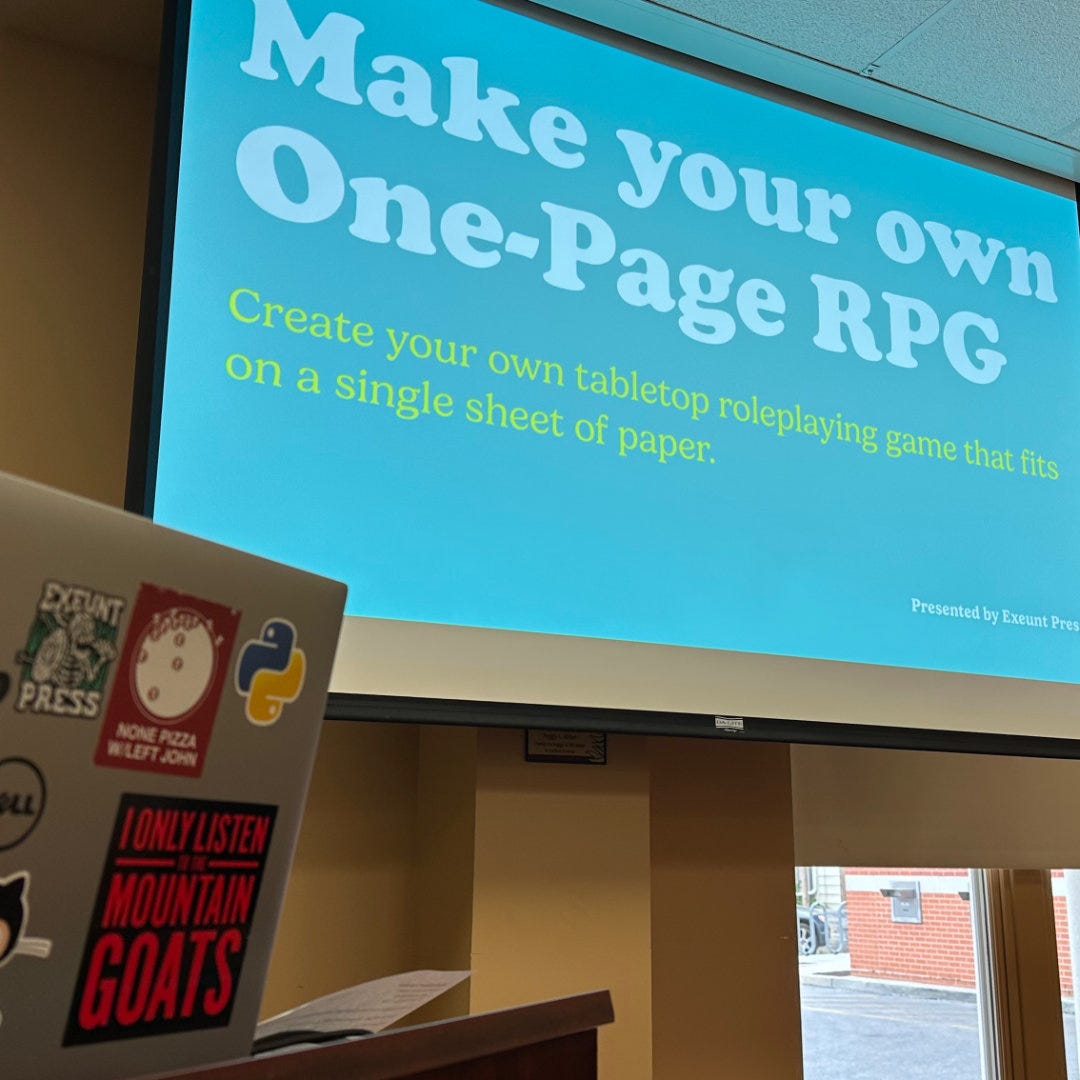
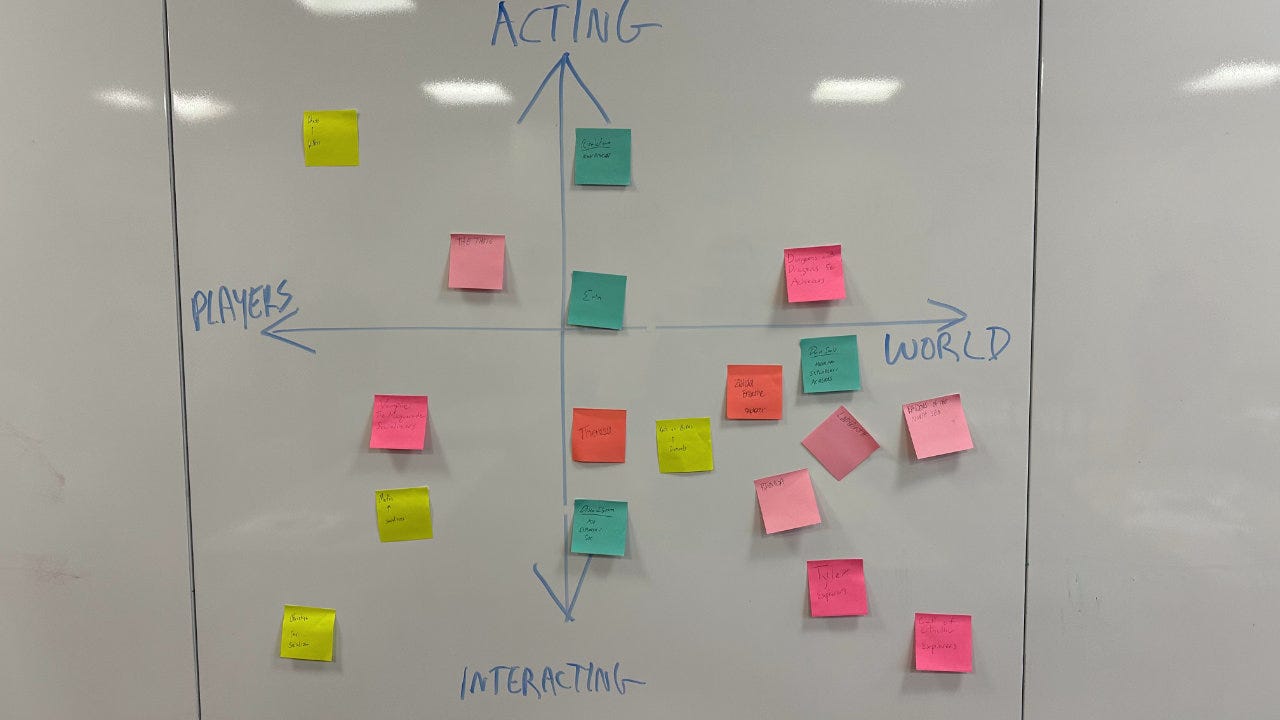
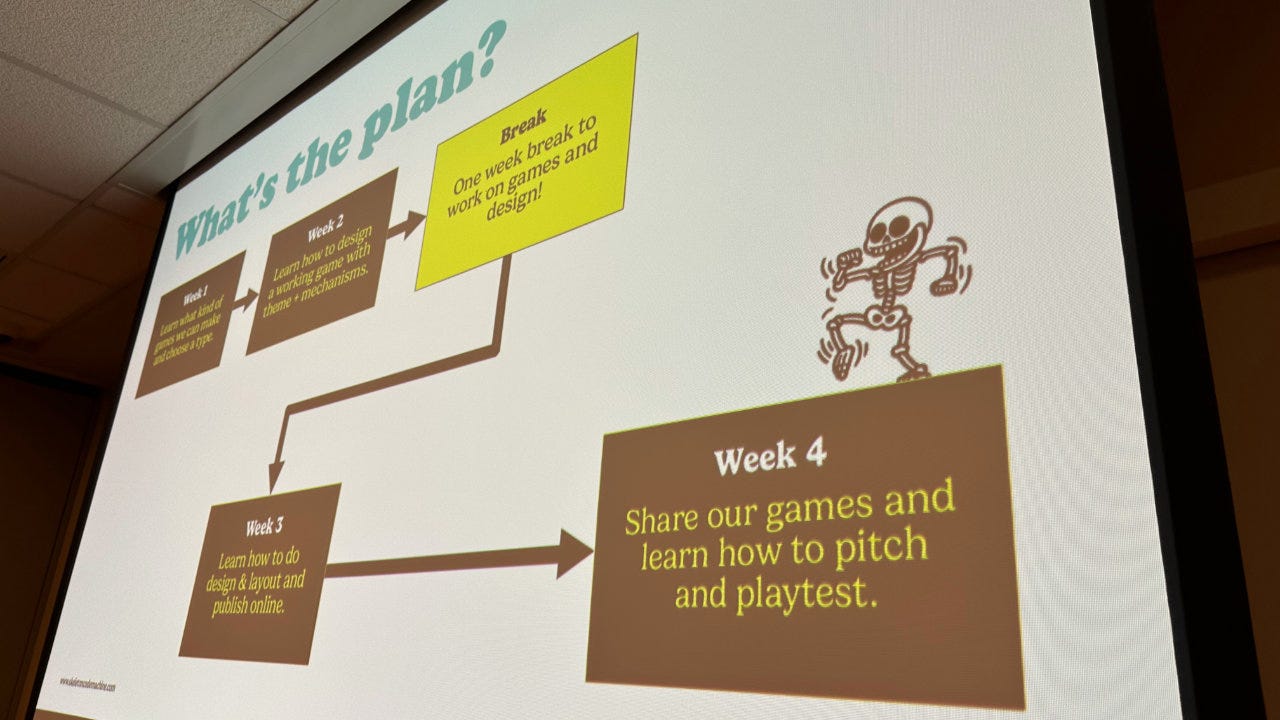
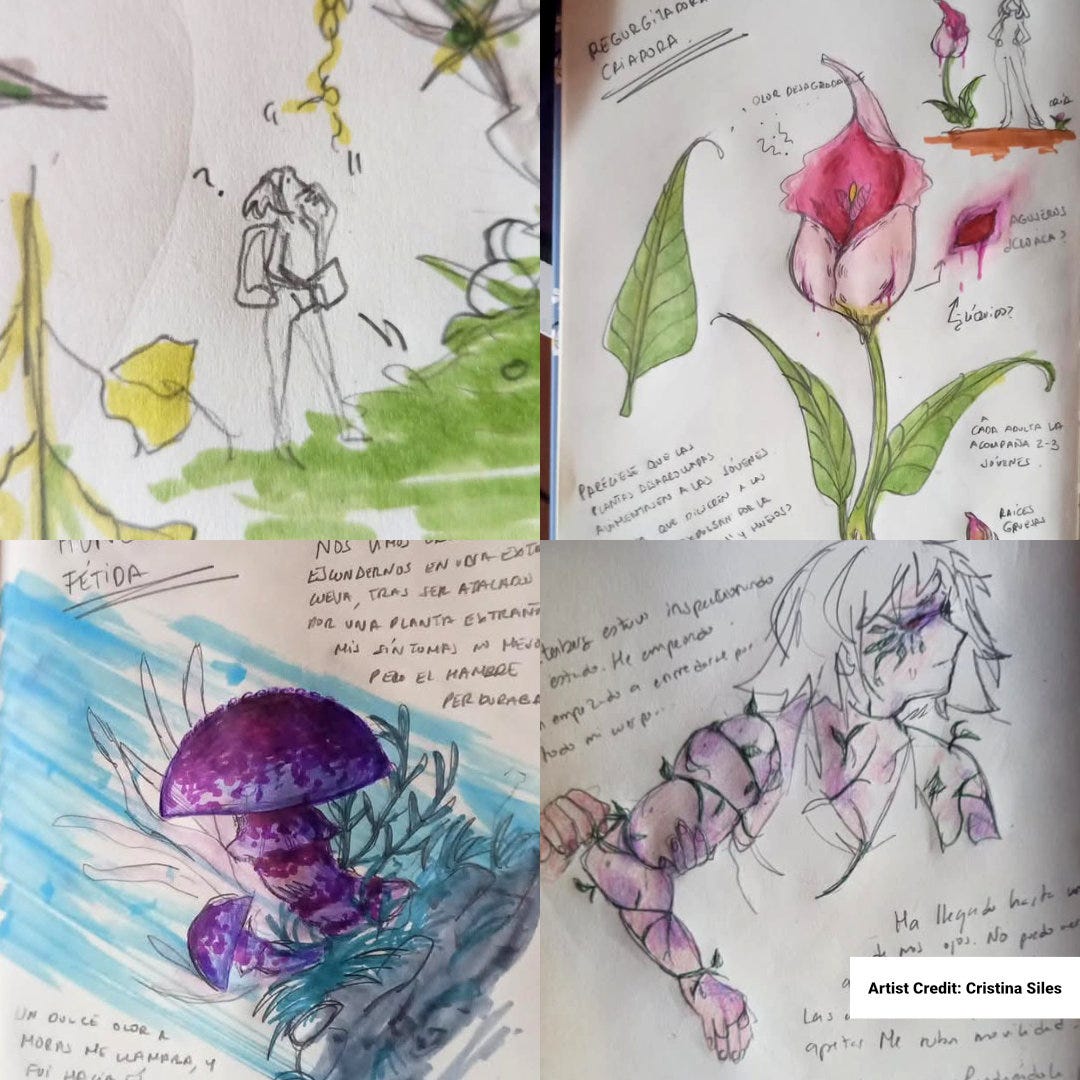
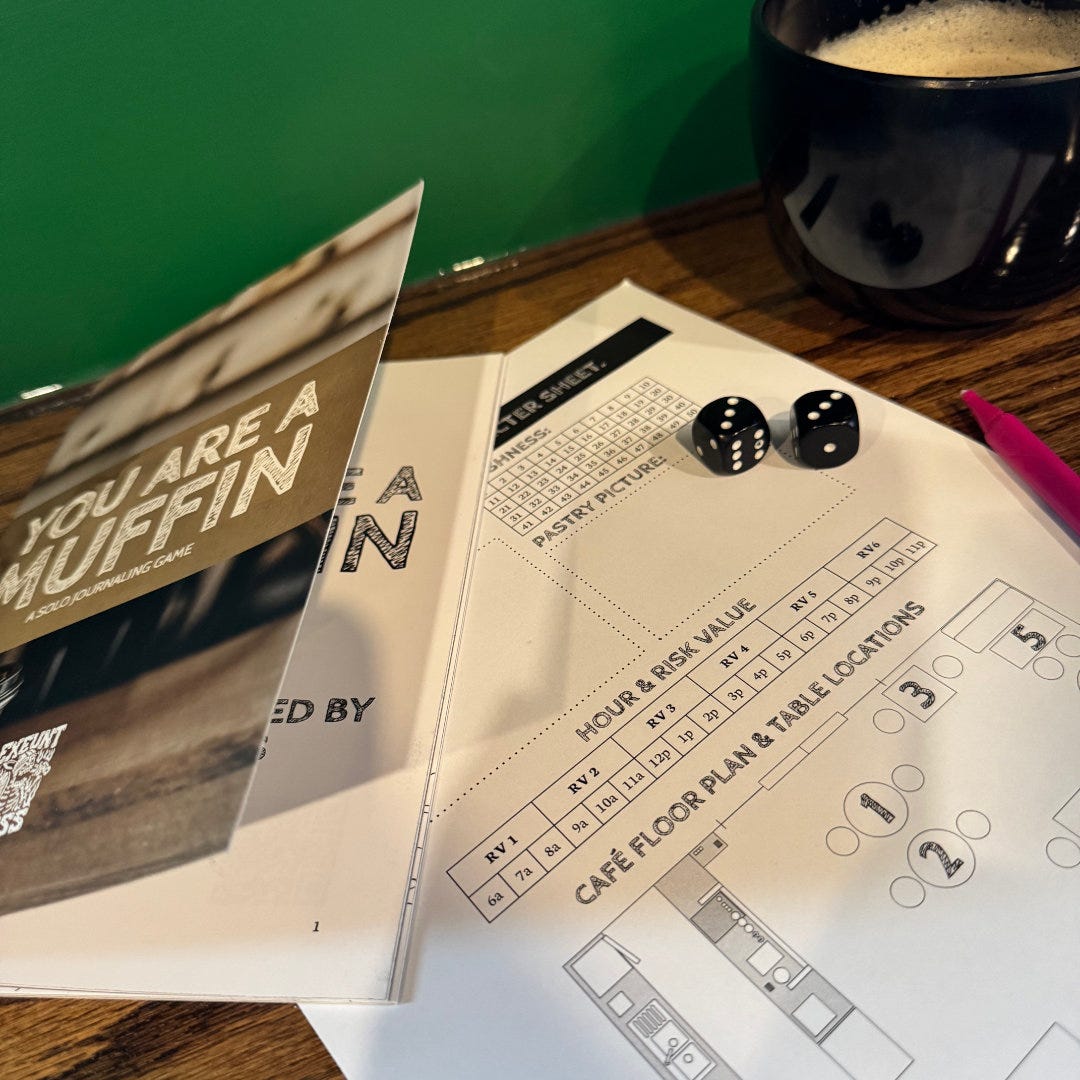
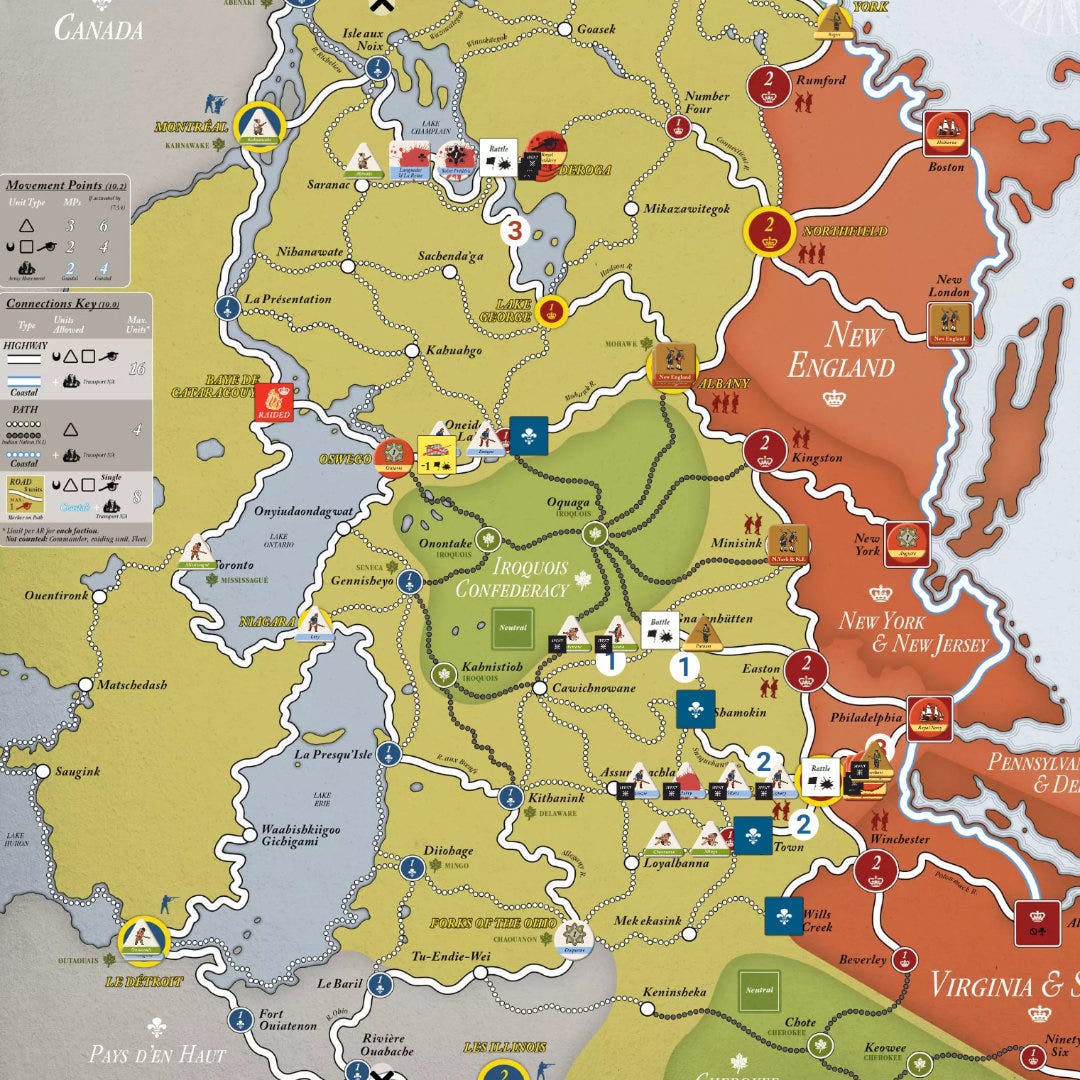
Thanks for this post!
I find it difficult to keep the audience in mind, but seeking their feedback is so crucial.
Yes! Looking forward to hearing about the class as it progresses!